Choosing the right plywood for your subfloor is an important decision regarding the stability and durability of your flooring. Two common options are 5/8 inch and 3/4 inch plywood. The thickness of the plywood can impact its strength and ability to support the weight of your flooring materials.
Generally, 3/4 inch plywood is considered more structurally sound and is often recommended for subfloors. Here, We will dive deep into the world of plywood and discuss the pros and cons of using 5/8 vs 3/4 plywood for subfloor.
We will explore both options’ strength, durability, and cost-effectiveness to help you make an informed decision. Whether you’re a DIY enthusiast or a professional contractor, understanding the role sheets of plywood underlayment thickness in subfloors is crucial for ensuring a solid foundation for your flooring project.
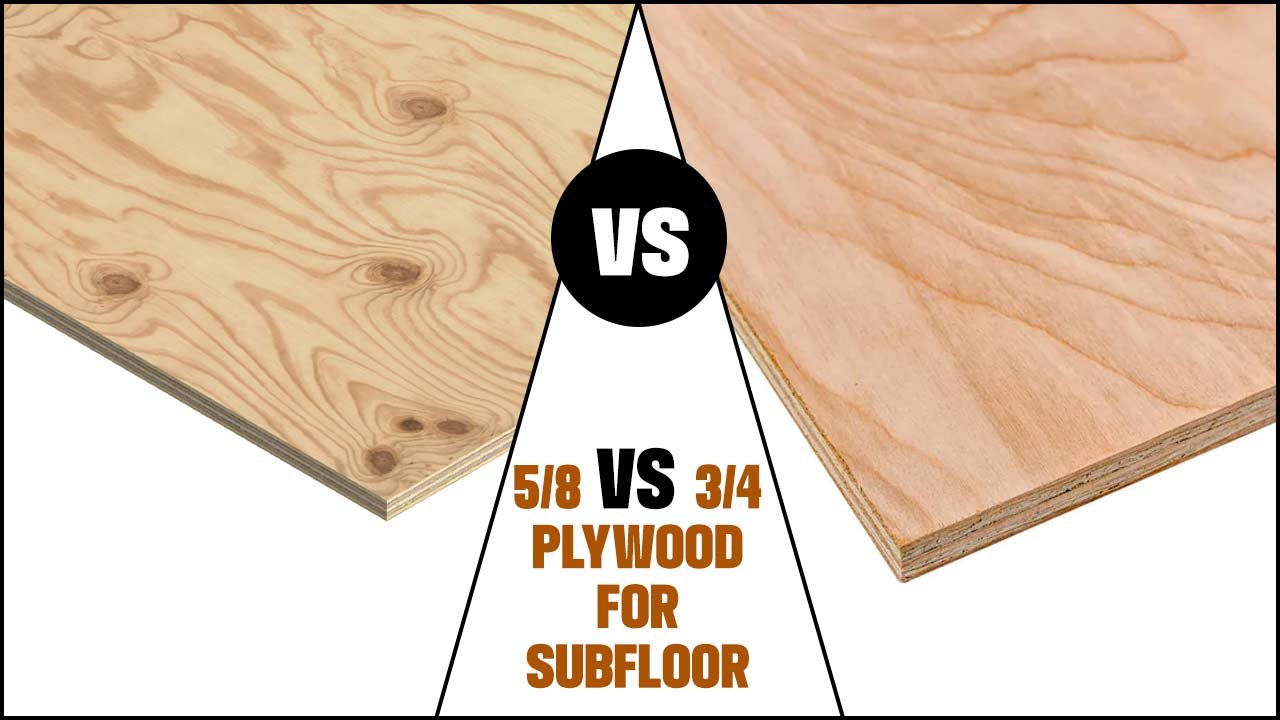
The Difference 5/8 Vs 3/4 Plywood For Subfloor
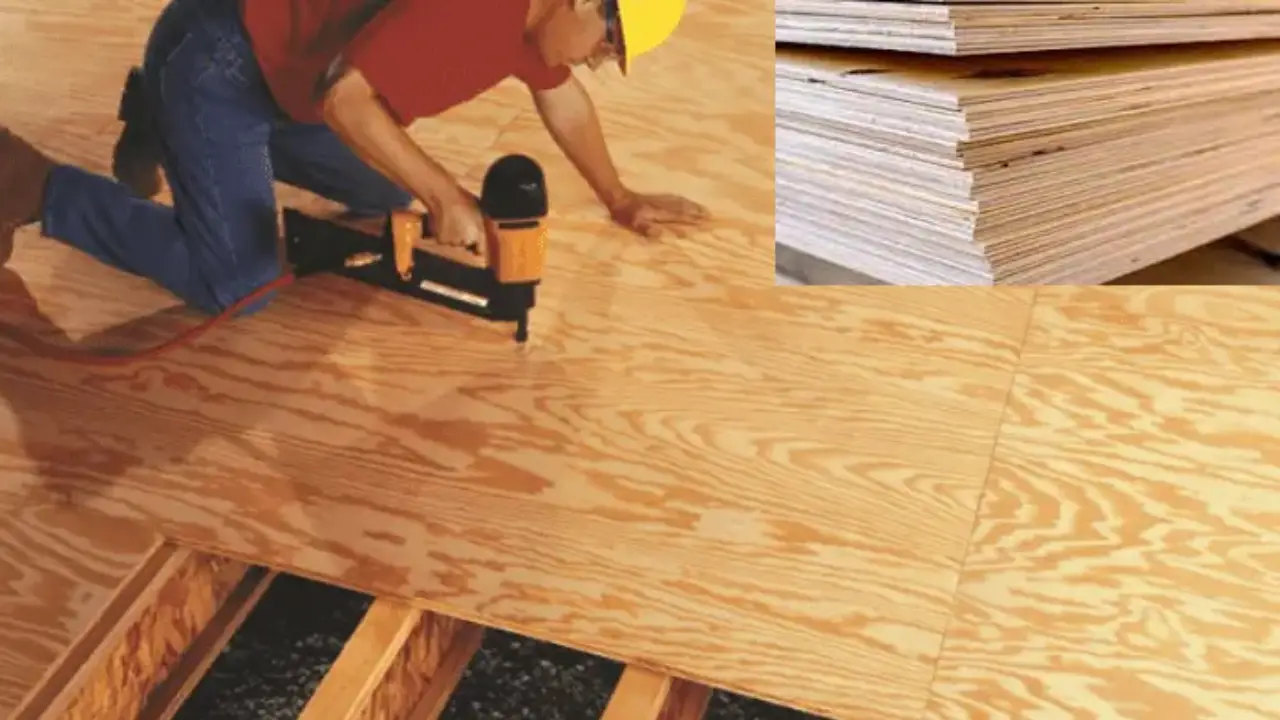
When choosing between 5/8 vs 3/4 plywood for subfloor, there are a few key differences to consider. The main difference is in the thickness of the plywood. 5/8 plywood is slightly thinner than 3/4 plywood, affecting its strength and durability.
While both options can be suitable for subflooring, the decision ultimately depends on the specific needs of your project. If you are installing a subfloor in an area with heavy foot traffic or installing heavy fixtures on top of the subfloor, such as tile or stone flooring, opting for 3/4 plywood may provide added stability and support.
On the other hand, if your project has budget constraints or if you are installing a subfloor in an area with lighter use, 5/8 plywood may be sufficient. It is always recommended to consult with a professional or follow manufacturer guidelines when making decisions about subfloor materials to ensure proper installation and long-lasting results.
Strength And Durability Comparison Of 5/8 And 3/4 Plywood For Subfloor
Regarding choosing plywood for subfloors, 5/8 and 3/4 options are commonly handy. The main difference between the two is their thickness. While 5/8 plywood is thinner than 3/4 plywood, it still offers sufficient strength and durability for most subflooring applications.
However, if you’re looking for maximum stability and support, 3/4 plywood may be the better option. Its thicker construction adds strength, making it ideal for heavier or high-foot traffic areas. Ultimately, the choice between 5/8 and 3/4 plywood will depend on the specific needs of your project and the level of durability required.
Cost Considerations Of 5/8 And 3/4 Plywood For Subfloor
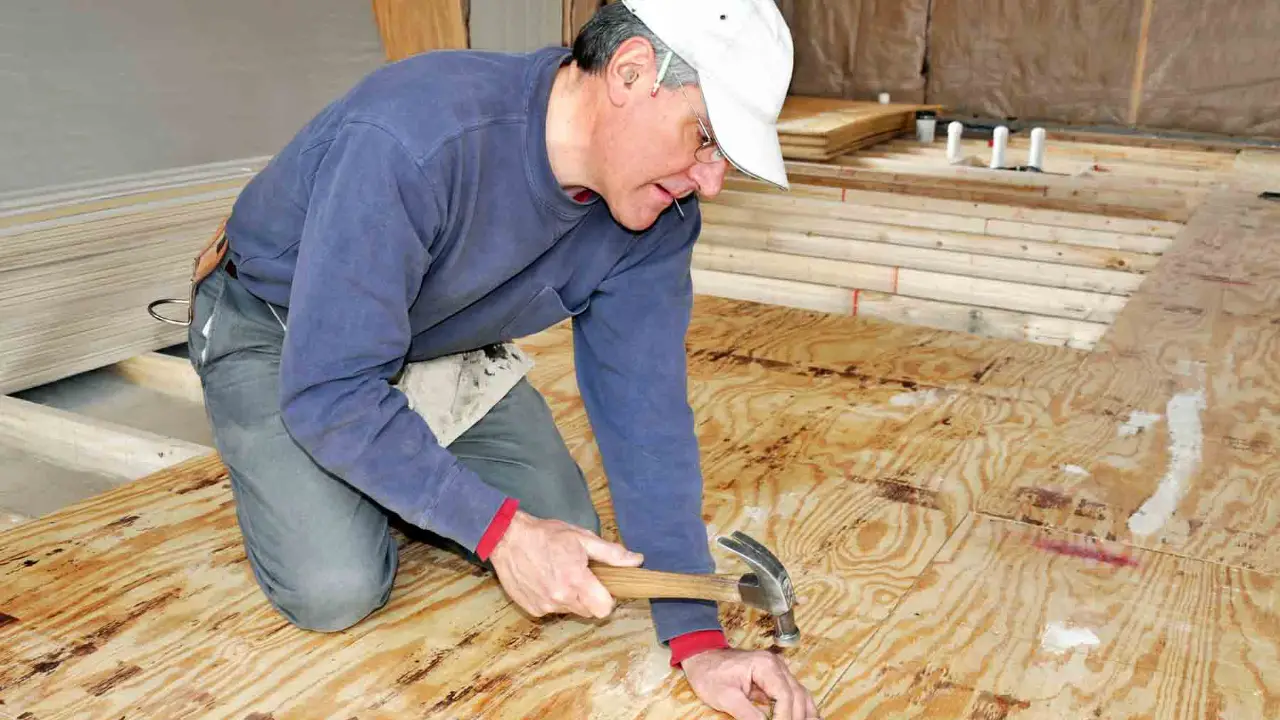
Cost is an important factor when choosing between 5/8 plywood and 3/4 plywood for subfloors. Generally, 5/8 plywood is less expensive than 3/4 plywood, making it a more budget-friendly option. However, it’s important to note that the cost difference may vary depending on factors such as location and supplier.
Additionally, while 5/8 plywood may be cheaper upfront, it may not provide the same durability and strength as 3/4 plywood. This can be a consideration if you anticipate heavy foot traffic or plan to install heavy appliances or furniture on your subfloor. Ultimately, deciding between 5/8 and 3/4 plywood will depend on your needs and budget constraints.
Pros And Cons Of Using 5/8 Plywood For Subflooring
Using 5/8 plywood for subflooring has its pros and cons. Here are some key points to consider. The decision between using 5/8 or 3/4 plywood for subflooring depends on your needs and budget constraints.
It’s recommended to consult with a professional contractor or structural engineer who can assess the requirements of your project and provide personalized recommendations. Here are the pros and cons:
Pros:
- Cost-Effective: Lastly, a number ranging from 1 to 4 indicates the battery’s health, with 4 being the highest level of health.
- Adequate Strength: While not as strong as 3/4 plywood, 5/8 plywood still offers sufficient strength.
- Suitable For Light Loads: If you’re not planning on placing heavy loads on your subfloor, such as large furniture or heavy equipment, 5/8 plywood should be able to handle regular foot traffic without any issues.
- Easier to handle: The slightly thinner profile of 5/8 plywood can make it easier to transport and install.
Cons:
- Reduced Load-Bearing Capacity: Compared to 3/4 plywood, 5/8 plywood has a lower load-bearing capacity.
- Less Noise Reduction: Thinner plywood provides less sound insulation than thicker options.
Pros And Cons Of Using 3/4 Plywood For Subflooring
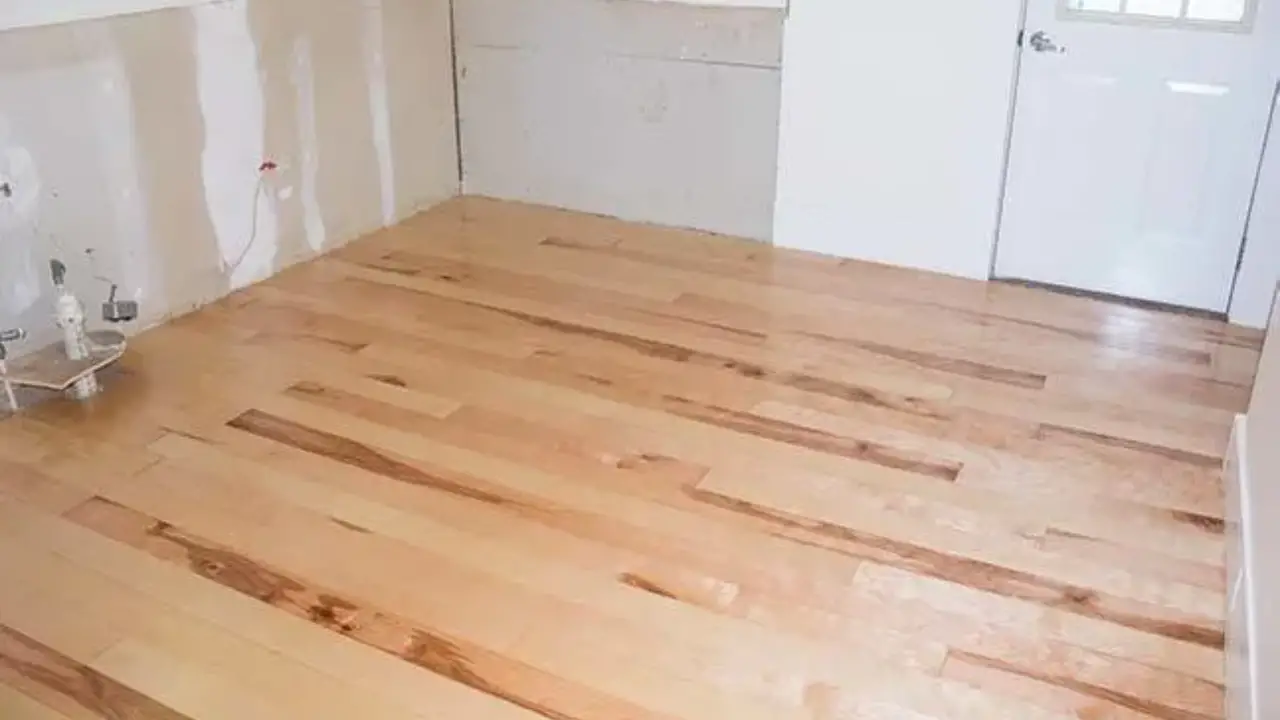
Using 3/4 plywood for subflooring has its pros and cons. Here are some key points to consider. The decision between 5/8 and 3/4 plywood for subflooring will depend on factors such as budget, the intended use of the space, and specific structural requirements. It’s important to consult with a professional or follow building codes and guidelines to ensure you make the right choice for your project. Here are the pros and cos:
Pros:
- Greater Strength And Durability: 3/4 plywood is thicker and sturdier than 5/8, providing a solid foundation for your floors.
- Better Sound Insulation: The increased thickness of 3/4 plywood can help reduce noise transmission between floors.
- Improved Stability: Thicker plywood is less prone to warping or sagging, ensuring a level and stable subfloor.
Cons:
- Increased Cost: 3/4 plywood is generally more expensive than 5/8 plywood, impacting your overall project budget.
- Heavier Weight: The thicker plywood can be heavier and more challenging to handle during installation.
- Potential Height Differences: If you’re transitioning from existing flooring, using a thicker subfloor may create a noticeable height difference that needs to be addressed.
Factors To Consider When Choosing Between 5/8 And 3/4 Plywood For Subfloor
When choosing between 5/8 and 3/4 plywood for subfloors, there are several factors to consider. The thickness of the plywood will impact its strength and durability, as well as its ability to support the weight of the flooring materials and any furniture or appliances that may be placed on top of it.
Generally, 3/4 plywood is considered stronger and more stable than 5/8 plywood, making it a better choice for areas with heavy foot traffic or where additional support is needed. However, 5/8 plywood may be suitable for areas with lighter foot traffic or where cost is a concern. It is also important to consider your project’s specific requirements and consult a professional if unsure which thickness is best for your subfloor.
The Role Of Thickness In Plywood For Subfloors
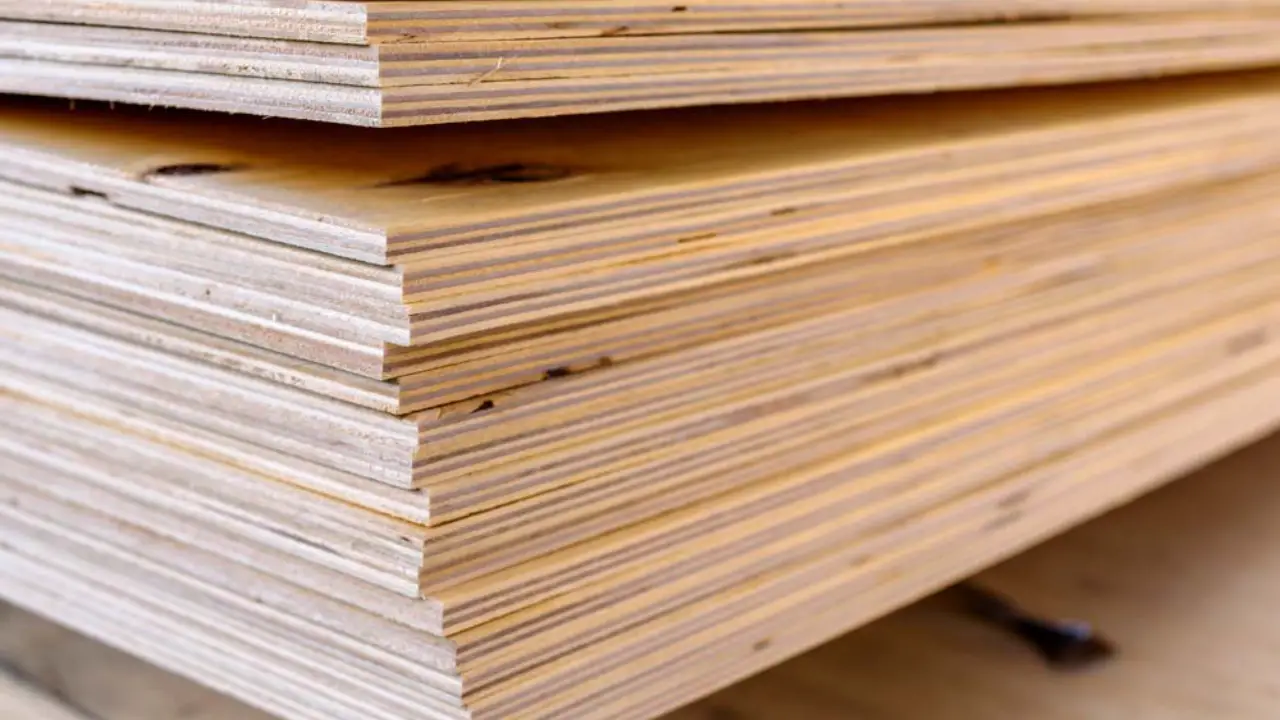
Regarding choosing plywood for subfloors, the thickness of the plywood plays a crucial role in ensuring stability and durability. The minimum thickness recommended for subfloors is typically 5/8 inch or 3/4 inch, depending on the project’s specific requirements. This thickness helps to provide adequate support for flooring materials and prevent sagging or flexing.
It is important to note that the actual thickness of plywood may differ from its nominal thickness due to manufacturing processes. Therefore, it is crucial to check the actual thickness of the plywood before making a purchase. Selecting the right plywood thickness for subflooring will help ensure a solid and long-lasting foundation for your flooring installation project.
5/8 Plywood For Subfloors
Regarding subflooring in residential construction, 5/8 plywood is a common choice. It offers sufficient strength and stability for most applications. However, it may not be suitable for heavy loads or high-traffic areas. One advantage of using 5/8 plywood is that it is generally more affordable than 3/4 plywood.
That being said, it is important to consider the specific requirements of your project and consult with a professional before making a decision. They can provide valuable insights based on expected load-bearing capacity, the type of flooring to be installed, and local building codes. Overall, 5/8 plywood can be a durable and cost-effective option for subfloors.
3/4 Plywood For Subfloors
Regarding subfloors, plywood’s thickness is significant in determining its strength and durability. One commonly recommended option is 3/4 plywood. This type of plywood can handle heavy loads without sagging or warping, making it ideal for subflooring.
However, there are cases where 5/8 plywood may be suitable. For example, if the floor joists are closely spaced or if the flooring material is lightweight, 5/8 plywood can be considered.
It’s crucial to consider the specific requirements of your subfloor project, including the type of flooring and any additional weight or stress it will bear. Consulting with professionals or following local building codes will help you choose the appropriate plywood thickness for your subfloor needs.
Which Plywood Thickness Should You Choose For Your Subfloor?
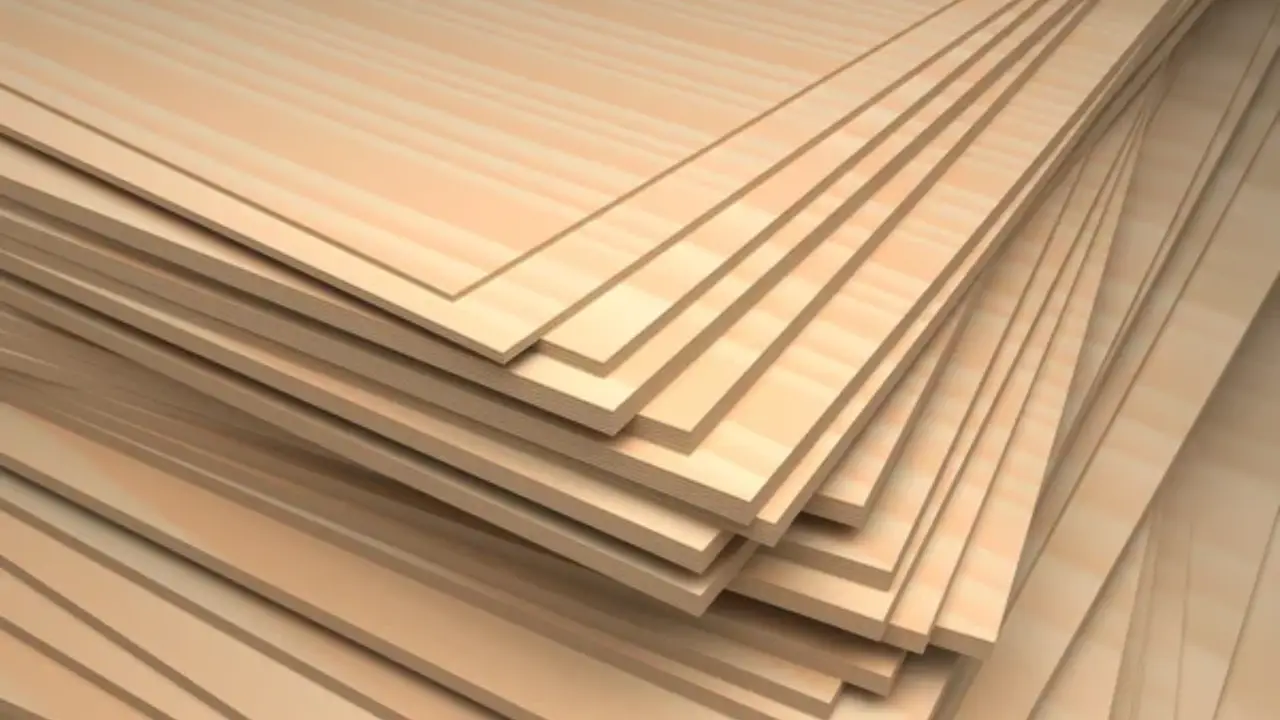
Regarding choosing the right plywood thickness for your subfloor, there are a few factors to consider. One of the main considerations is the joist spacing in your flooring system. If you have wider joist spacing, such as 24 inches on the centre, you may need a thicker plywood option to provide adequate support and prevent sagging.
In this case, 3/4 inch plywood would be the recommended choice. On the other hand, if you have standard joist spacing of 16 inches on the centre, 5/8 inch plywood is typically sufficient for most applications. When deciding, you should also consider the grade of plywood and its wood veneer quality. Choosing a plywood thickness that matches your specific subflooring needs is important to ensure a sturdy and reliable foundation for your flooring.
Installation Tips For Both Types Of Plywood Subflooring
For 5/8 plywood, ensuring the subfloor is properly supported, and the panels are installed with the correct spacing is important. This type of plywood is typically handy for lightweight applications or when weight restrictions are in place. It is important to follow manufacturer guidelines for installation and use proper fasteners to secure the panels.
On the other hand, 3/4 plywood is a more heavy-duty option that provides added strength and durability. It is commonly handy in areas with heavy foot traffic or if you plan on installing tile or other heavy materials on top of the subfloor. When installing 3/4 plywood, it is crucial to properly stagger the seams and ensure that all edges are supported.
What Type Of Plywood To Use On Top Of A Thin Subfloor
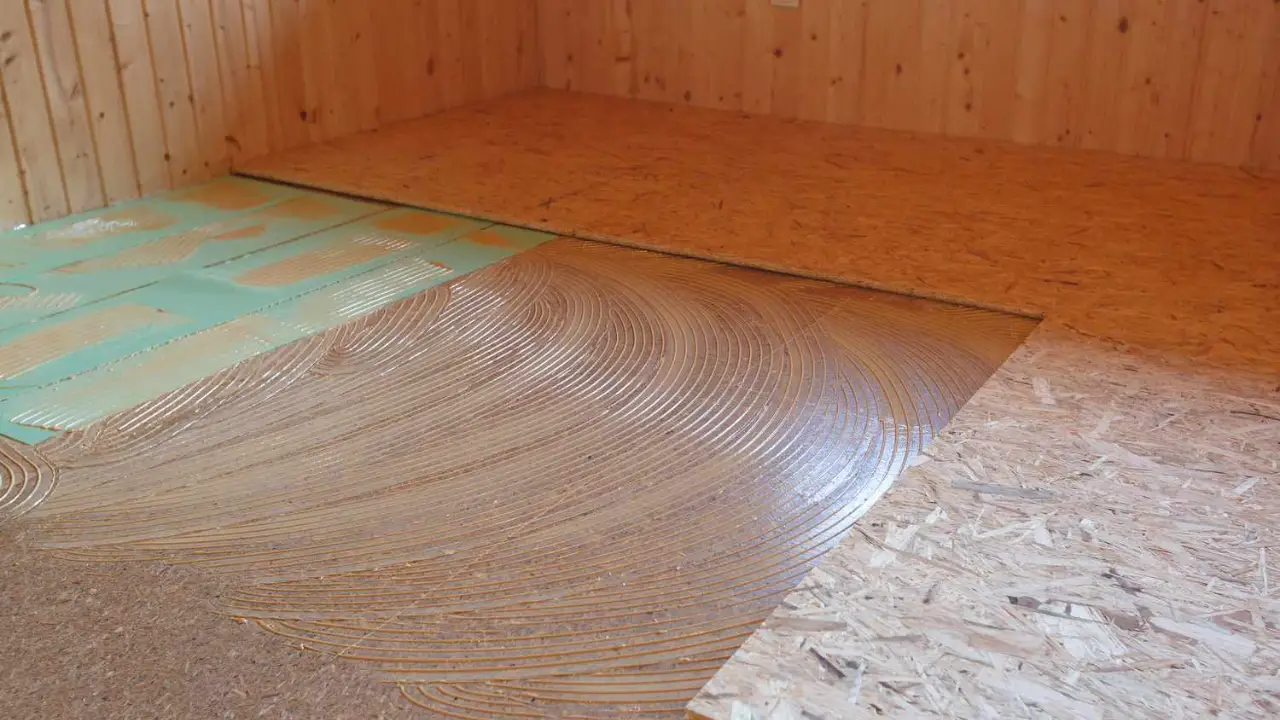
Regarding choosing plywood for your subfloor, the decision between 5/8 and 3/4 inch thickness can make a difference in the overall strength and stability of your flooring. If you have a thin subfloor, such as a single-layer of plywood of 3/4 inch tongue-and-groove plywood, it is recommended to use 5/8 inch plywood on top to provide additional support.
The thicker plywood will help prevent any flexing or movement in the floor, ensuring a solid foundation for your finished flooring. However, if you have a thicker subfloor or are installing heavy flooring materials, such as tile or stone, using 3/4 inch plywood on top may be necessary to support the weight adequately. Choosing between 5/8 and 3/4 inch plywood will ultimately depend on your subfloor’s specific requirements and conditions.
Conclusion
Both 5/8 vs 3/4 plywood for subfloor use, depending on the specific requirements of your project. While 3/4 plywood offers greater strength and durability, 5/8 plywood can still provide adequate support for most residential applications. Consider factors such as the load-bearing capacity, cost-effectiveness, and any specific building codes or regulations in your area when deciding.
Additionally, if you plan on installing ceramic tiles or other heavy flooring materials, the extra thickness of 3/4 plywood can help prevent flexing and ensure a solid foundation. Ultimately, assessing your specific needs and consulting with a professional is important to determine the best option for your project.
Frequently Asked Questions
[rank_math_rich_snippet id=”s-2ff9fa5e-8ac5-4bcc-9ddf-b4f0bccb260b”]

I am passionate about home engineering. I specialize in designing, installing, and maintaining heating, ventilation, and air conditioning systems. My goal is to help people stay comfortable in their homes all year long.
